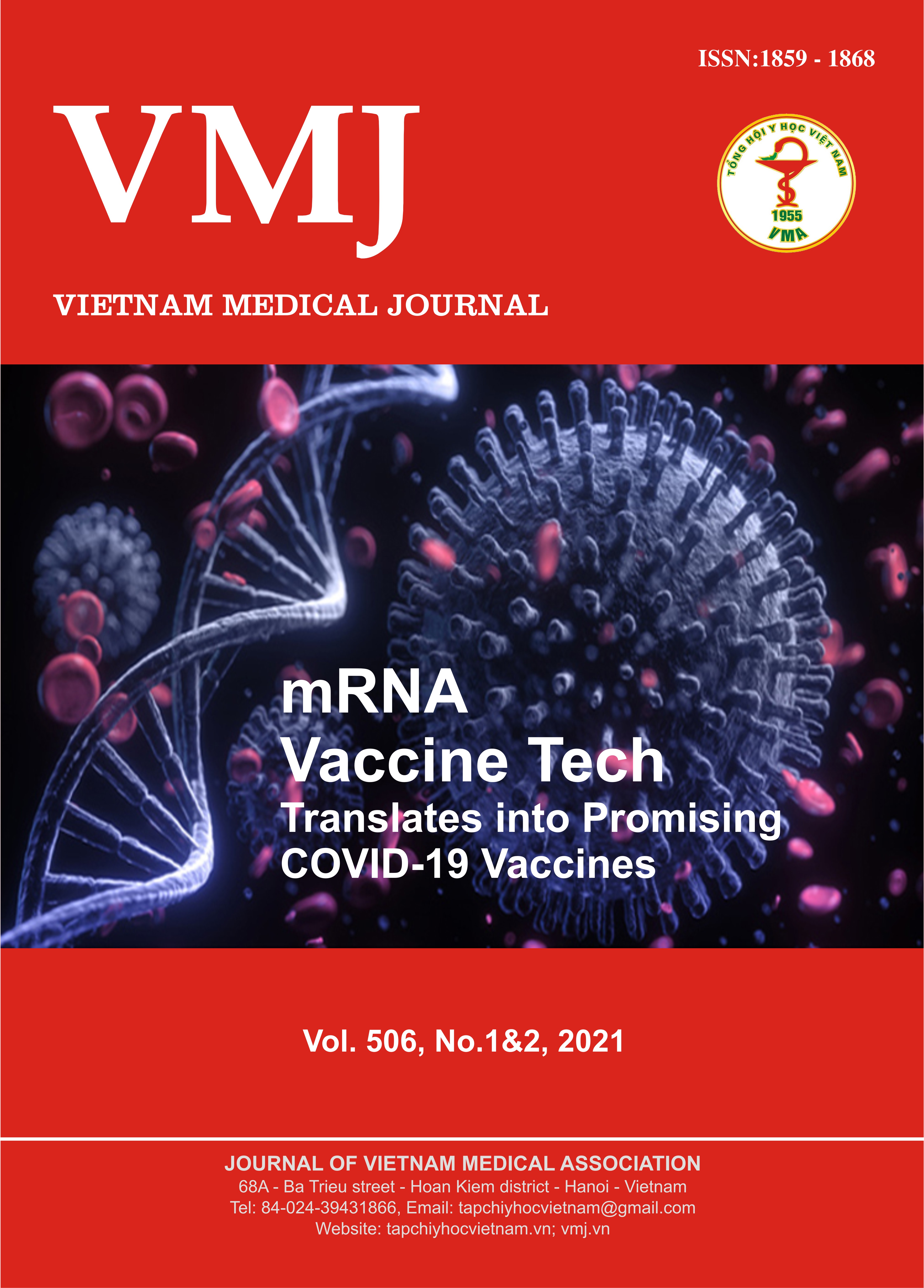WILLINGNESS-TO-PAY FOR INSULIN IN DIABETES TREATMENT: A SYSTEMATIC REVIEW AND META-ANALYSIS
Main Article Content
Abstract
Background: Insulin treatment is necessary for all patients with type 1 diabetes and a subset of patients with type 2 diabetes. However, lifetime insulin treatment is relatively costly that has put a heavy financial burden on insulin-dependent diabetics. Several studies thus have been conducted widely to estimate diabetes patients' willingness to pay (WTP) for insulin therapies worldwide. This study aimed to derive the diabetes patients' WTP for insulin therapy from the results of previous research studies. Methods: A systematic review and meta-analysis of diabetes patients’ WTP for insulin was conducted. All studies were searched and derived from PubMed combined with MeSH, Cochrane library combined with MeSH, ScienceDirect, and Springer Nature. The WTP values were estimated for three different types of insulin, including short-acting, rapid-acting insulin; long-acting, slow-acting insulin, and mixed insulin. Review Manager 5.1.4 software was used to conduct the meta-analysis. Results: Twelve studies were identified by the systematic review, in which eight studies were eligible for a meta-analysis. Most studies were conducted in high-income countries (83.3%), mainly in America (41.7%) and Europe (33.3%). The insulin formulation with the highest mean WTP value was Humalog Mix25 insulin, which was recorded at 410.42 USD per month in the UK and more than 120 USD per month in France, Italy, Spain, and Germany; while most of the other insulin formulations had mean WTP values less than 120 USD per month. Compared to diabetes patients, general populations were willing to pay less for insulin, which was observed in the case of Humalog Mix25 insulin (mean 95.77 USD per month vs 205.89 USD per month) and inhaled insulin (mean 50.43 USD per month compared to more than 120 USD per month). The meta-analysis showed the WTP value for insulin was 74.15 USD per month (95% CI; 55.82 - 92.48). Conclusion: This study showed a comparison of WTP values for different insulin formulations worldwide. The mean WTP value for insulin derived from all previous research may provide an initial understanding of the individuals' preference and WTP. This information could contribute to the effort of managing diabetes and reducing the financial burden of this chronic disease.
Article Details
Keywords
Willingness to pay, insulin, diabetes, systematic review, meta-analysis.
References
2. Joy S. M., Little E., Maruthur N. M. et al. (2013), "Patient preferences for the treatment of type 2 diabetes: a scoping review", PharmacoEconomics. 31 (10), 877-892.
3. U.S.Bureau of Labor statistics (2021), Consumer Price Index, available at https://www.bls.gov/cpi/factsheets/medical-care.htm, Access on 12/08/2021.
4. Higgins J G. S. (2011), Cochrane handbook for systematic reviews of interventions version 5.1.0. 2011, available at http://handbook.cochrane.org/, Access on 12/08/2021.
5. The World Bank (2021), World Bank Country and Lending Groups, available at https://datahelpdesk.worldbank.org/knowledgebase/articles/906519, Access on 12/08/2021.
6. Davey P., Grainger D., MacMillan J. et al. (1998), "Economic evaluation of Insulin Lispro versus Neutral (Regular) Insulin therapy using a willingness-to-pay approach", Pharmacoeconomics. 13 (3), 347-358.
7. Sadri H., MacKeigan L. D., Leiter L. A. et al. (2005), "Willingness to pay for inhaled insulin: a contingent valuation approach", Pharmacoeconomics. 23 (12), 1215-1227.
8. Sadri H. (2007), "Contingent valuation of inhaled insulin: a Canadian perspective", Journal of medical economics. 10 (4), 475-487.
9. Pinto S. L., Holiday-Goodman M., Black C. D. et al. (2009), "Identifying factors that affect patients' willingness to pay for inhaled insulin", Res Social Adm Pharm. 5 (3), 253-261.
10. Guimarães C., Marra C. A., Colley L. et al. (2009), "Socioeconomic differences in preferences and willingness-to-pay for insulin delivery systems in type 1 and type 2 diabetes", Diabetes Technol Ther. 11 (9), 567-573.
11. Dranitsaris G., Longo C. J. , Grossman L. D. (2000), "The economic value of a new insulin preparation, Humalog Mix 25. Measured by a willingness-to-pay approach", Pharmacoeconomics. 18 (3), 275-287.
12. Aristides M., Weston A. R., FitzGerald P. et al. (2004), "Patient Preference and Willingness-to-Pay for Humalog Mix25 Relative to Humulin 30/70: A Multicountry Application of a Discrete Choice Experiment", Value in Health. 7 (4), 442-454.
13. Lloyd A., Nafees B., Barnett A. H. et al. (2011), "Willingness to pay for improvements in chronic long-acting insulin therapy in individuals with type 1 or type 2 diabetes mellitus", Clin Ther. 33 (9), 1258-1267.
14. Jendle J., Ridderstråle M., Torfvitt O. et al. (2012), "Willingness-to-pay for benefits associated with basal insulin treatment of type 2 diabetes", J Med Econ. 15 (2), 261-263.
15. Olofsson S., Norrlid H. , Persson U. (2016), "Preferences for improvements in attributes associated with basal insulin: a time trade-off and willingness-to-pay survey of a diabetic and non-diabetic population in Sweden", J Med Econ. 19 (10), 945-958.
16. Feher M. D., Brazier J., Schaper N. et al. (2016), "Patients' with type 2 diabetes willingness to pay for insulin therapy and clinical outcomes", BMJ Open Diabetes Research & Care. 4 (1), e000192.
17. Murthy S., Aneja P., Asirvatham A. J. et al. (2021), "Understanding Patients' Willingness to Pay for Biphasic Insulin Aspart 30/70 in a Pen Device for Type 2 Diabetes Treatment in an Out-of-Pocket Payment Market", Pharmacoecon Open. 5(2), 261-273.
18. McEwen L. N., Casagrande S. S., Kuo S. et al. (2017), "Why Are Diabetes Medications So Expensive and What Can Be Done to Control Their Cost?", Curr Diab Rep. 17 (9), 71.
19. Malone J. K., Woodworth J. R., Arora V. et al. (2000), "Improved postprandial glycemic control with Humalog Mix75/25 after a standard test meal in patients with type 2 diabetes mellitus", Clin Ther. 22 (2), 222-230.


